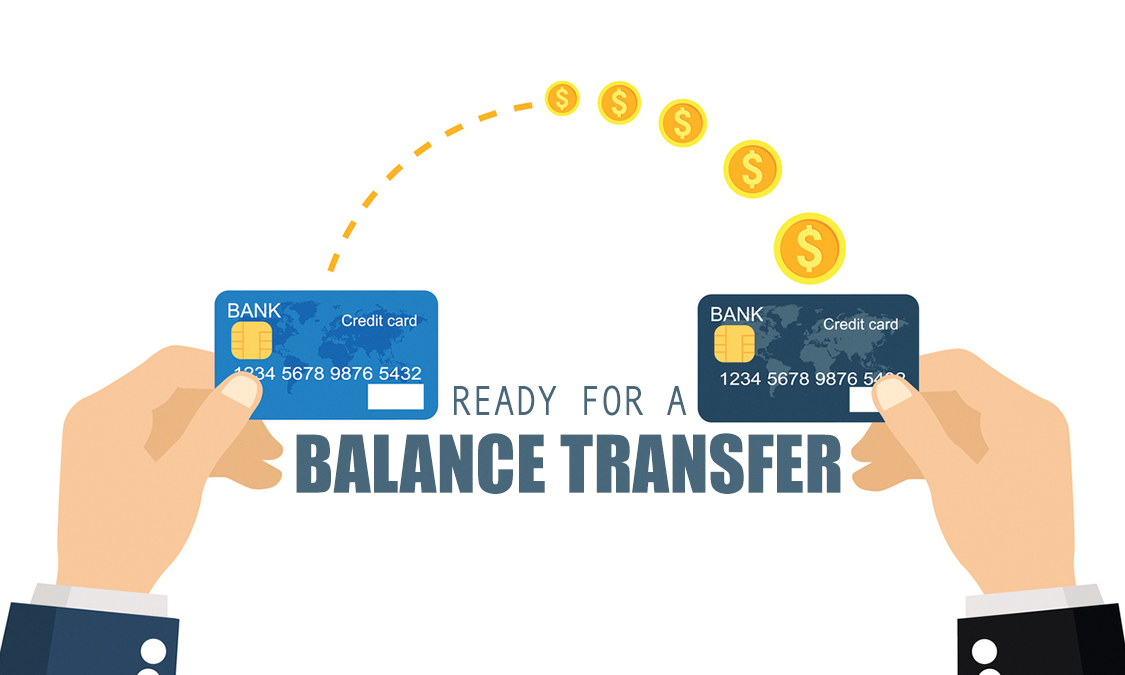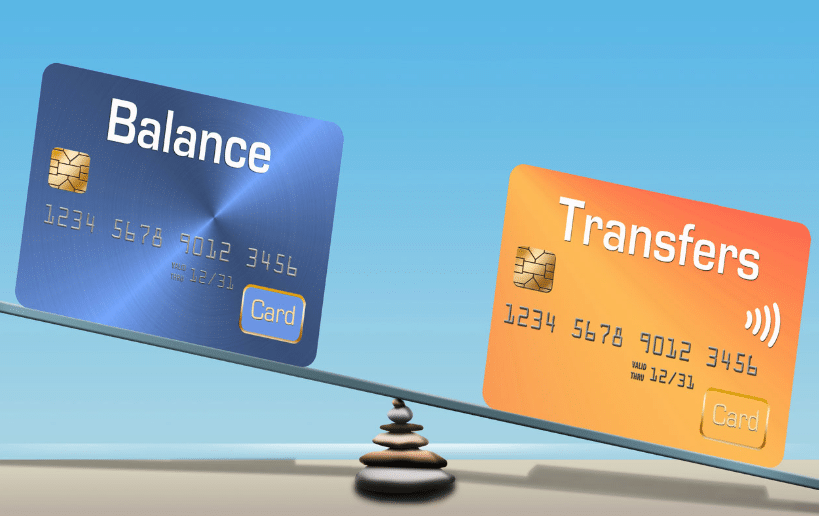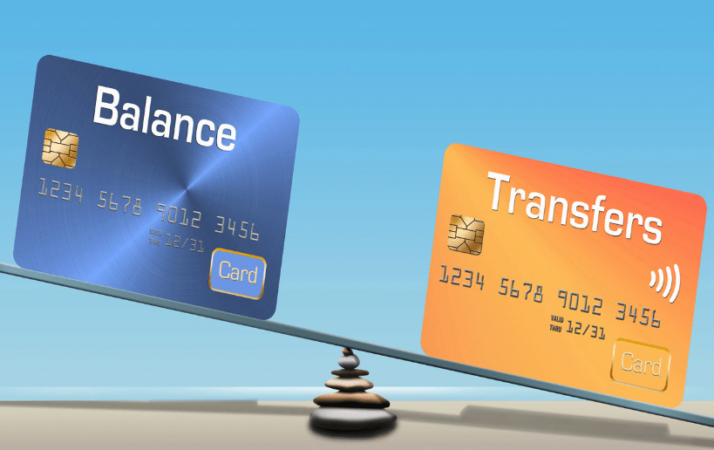
No interest credit card balance transfers can be a powerful tool for managing debt. By transferring a high-interest balance to a card with a promotional 0% APR period, you can potentially save a significant amount of money on interest charges. This strategy can also help improve your credit score by lowering your overall debt-to-credit ratio.
However, it’s important to understand the terms and conditions associated with these transfers. Most cards have transfer fees, and the promotional period is typically limited. If you don’t pay off the balance before the promotional period ends, you’ll be hit with a high interest rate, potentially making your situation worse.
Understanding No Interest Balance Transfers

No interest balance transfers can be a tempting way to save money on interest charges and pay off your debt faster. These transfers allow you to move the balance from a high-interest credit card to a new card with a promotional period of zero interest. However, it is crucial to understand the terms and conditions associated with these transfers to avoid hidden fees and potential pitfalls.
How No Interest Balance Transfers Work
A no-interest balance transfer is a promotional offer where you transfer the outstanding balance from your existing credit card to a new credit card. During the promotional period, you won’t be charged interest on the transferred balance. This can be a significant advantage if your existing credit card has a high interest rate. However, this promotional period is usually limited, typically lasting for a specific timeframe, such as 12, 18, or 24 months.
Terms and Conditions of No Interest Balance Transfers
It’s crucial to understand the terms and conditions of the no-interest balance transfer offer before you commit. These terms can vary depending on the credit card issuer.
Typical Terms and Conditions
- Promotional Period: This is the period during which you won’t be charged interest on the transferred balance. After the promotional period ends, the standard interest rate on the card will apply.
- Balance Transfer Fee: Many credit card issuers charge a fee for transferring your balance. This fee is typically a percentage of the transferred amount, usually ranging from 3% to 5%.
- Minimum Payment Requirement: You will need to make a minimum payment each month, even if you don’t have any interest charges.
- Late Payment Penalties: If you miss a payment or make a late payment, you may be subject to late payment penalties.
- New Purchases: Some balance transfer offers may restrict new purchases during the promotional period. This means you can only use the card to pay off the transferred balance.
- Credit Limit: The credit limit on the new card may be lower than your existing card, limiting your ability to make new purchases.
Common Fees and Charges
Here are some common fees and charges associated with no-interest balance transfers:
- Balance Transfer Fee: This is a percentage of the transferred balance, typically 3% to 5%.
- Annual Fee: Some credit cards have an annual fee, which may apply even during the promotional period.
- Foreign Transaction Fee: If you use the card for purchases outside the US, you may be charged a foreign transaction fee.
- Over-Limit Fee: If you exceed your credit limit, you may be charged an over-limit fee.
- Late Payment Fee: If you make a late payment, you may be charged a late payment fee.
Benefits of No Interest Balance Transfers
No interest balance transfers can be a valuable tool for consumers looking to save money on their debt and improve their credit scores. By transferring high-interest debt to a card with a promotional 0% APR period, you can potentially avoid paying substantial interest charges and accelerate your debt repayment journey.
Saving Money on Interest Charges
The primary benefit of a no-interest balance transfer is the potential to save significant amounts on interest charges. When you transfer high-interest debt, such as credit card balances with APRs exceeding 20%, to a card offering a 0% APR period, you can essentially “pause” the accumulation of interest for a specified duration. This allows you to focus your payments solely on reducing the principal balance, accelerating your debt repayment and potentially saving thousands of dollars in interest over the long term.
For instance, imagine you have a $5,000 balance on a credit card with a 20% APR. If you make only the minimum monthly payments, it could take years to pay off the debt, and you’d end up paying thousands in interest. However, if you transfer that balance to a card with a 0% APR for 18 months, you could pay off the debt entirely without incurring any interest charges.
Choosing the Right No Interest Balance Transfer Card

Finding the right no-interest balance transfer card involves comparing and contrasting different card offers based on interest rates, transfer fees, and promotional periods. You’ll need to consider your specific financial needs and goals to make the best choice.
Comparing Card Offers
To make an informed decision, compare different card offers based on these key factors:
- Interest Rates: Look for cards with a 0% introductory APR (annual percentage rate) for balance transfers. This period is typically for a limited time, after which a standard APR applies. Compare the standard APRs as well, as they can vary significantly.
- Transfer Fees: Most cards charge a transfer fee, usually a percentage of the balance transferred. Compare transfer fees across different cards and consider the overall cost.
- Promotional Periods: The 0% APR period is the most crucial factor. Choose a card with a promotional period that aligns with your repayment timeline. Longer periods give you more time to pay off your debt without accruing interest.
Finding the Best Card for Your Needs
- High Balance: If you have a significant balance, prioritize cards with a long 0% APR period and low transfer fees.
- Short Repayment Timeline: If you plan to pay off the balance quickly, focus on cards with a competitive standard APR, even if the introductory period is shorter.
- Credit Score: Your credit score plays a significant role in qualifying for a balance transfer card. Cards with lower APRs and longer promotional periods often require a higher credit score.
Popular No Interest Balance Transfer Cards
The following table compares key features of popular no-interest balance transfer cards:
| Card Name | Introductory APR | Promotional Period | Transfer Fee | Standard APR |
|---|---|---|---|---|
| Card A | 0% | 18 months | 3% | 19.99% |
| Card B | 0% | 12 months | 2% | 16.99% |
| Card C | 0% | 21 months | 4% | 22.99% |
Note: This table is for illustrative purposes only. Interest rates, fees, and promotional periods are subject to change. It’s essential to check the latest information directly with the card issuer.
Applying for a No Interest Balance Transfer Card
Applying for a no-interest balance transfer card is similar to applying for any other credit card. The process typically involves completing an application form, providing personal and financial information, and undergoing a credit check. However, understanding the factors that influence your chances of approval is crucial.
Credit History and Credit Score
Your credit history and credit score are the most important factors in determining whether you’ll be approved for a no-interest balance transfer card. Lenders use this information to assess your creditworthiness and determine the risk of lending you money.
A good credit history and a high credit score increase your chances of approval and may qualify you for better interest rates and terms. Conversely, a poor credit history or a low credit score can significantly reduce your chances of approval or result in higher interest rates and stricter terms.
A good credit score is essential for getting approved for a no-interest balance transfer card. It demonstrates your financial responsibility and ability to repay borrowed money.
Managing Expectations During the Application Process
It’s essential to manage your expectations during the application process for a no-interest balance transfer card.
- While a no-interest balance transfer card can be a valuable tool for managing debt, it’s not a guaranteed solution.
- Your application may be denied if you have a poor credit history or a low credit score.
- Even if you’re approved, the terms and conditions of the card may not be as favorable as you expect.
- Be prepared to compare offers from multiple lenders to find the best deal.
It’s crucial to understand the factors that influence your chances of approval and to manage your expectations during the application process.
Transferring Your Balance
Once you’ve chosen the right no-interest balance transfer card, you’re ready to transfer your existing credit card debt. The process is generally straightforward, but it’s important to understand the steps involved.
Contacting Your Existing Credit Card Issuer
Before transferring your balance, you’ll need to contact your existing credit card issuer to request a balance transfer. You can typically do this by calling customer service or logging into your online account.
Be sure to ask for a balance transfer authorization number, which you’ll need to provide to the new card issuer.
Transferring Your Balance, No interest credit card balance transfer
To transfer your balance, you’ll need to provide the following information to the new card issuer:
- The amount you want to transfer
- Your existing credit card account number
- The balance transfer authorization number
The new card issuer will then initiate the balance transfer process.
Timeframe for Balance Transfers
The timeframe for balance transfers can vary depending on the card issuer. However, it typically takes a few business days for the transfer to be completed. Once the balance is transferred, you’ll receive a credit for the amount transferred on your new card.
It’s important to note that some card issuers may charge a balance transfer fee, typically a percentage of the transferred balance.
Closing Summary

No interest credit card balance transfers can be a smart financial move, but only if you use them strategically. By carefully comparing offers, understanding the terms and conditions, and creating a plan to pay off the balance before the promotional period ends, you can potentially save money and improve your credit score. However, if you’re not confident in your ability to manage the transferred balance, it’s best to explore alternative debt consolidation strategies.
FAQ Summary: No Interest Credit Card Balance Transfer
What is the typical length of a 0% APR promotional period?
Promotional periods for no interest balance transfers typically range from 6 to 18 months.
What happens if I don’t pay off the balance before the promotional period ends?
If you don’t pay off the balance in full before the promotional period ends, the interest rate will revert to the card’s standard APR, which can be significantly higher.
How do I know if a no interest balance transfer card is right for me?
Consider your debt situation, credit score, and ability to pay off the balance within the promotional period. If you’re confident you can meet these requirements, a no interest balance transfer card could be a beneficial option.





